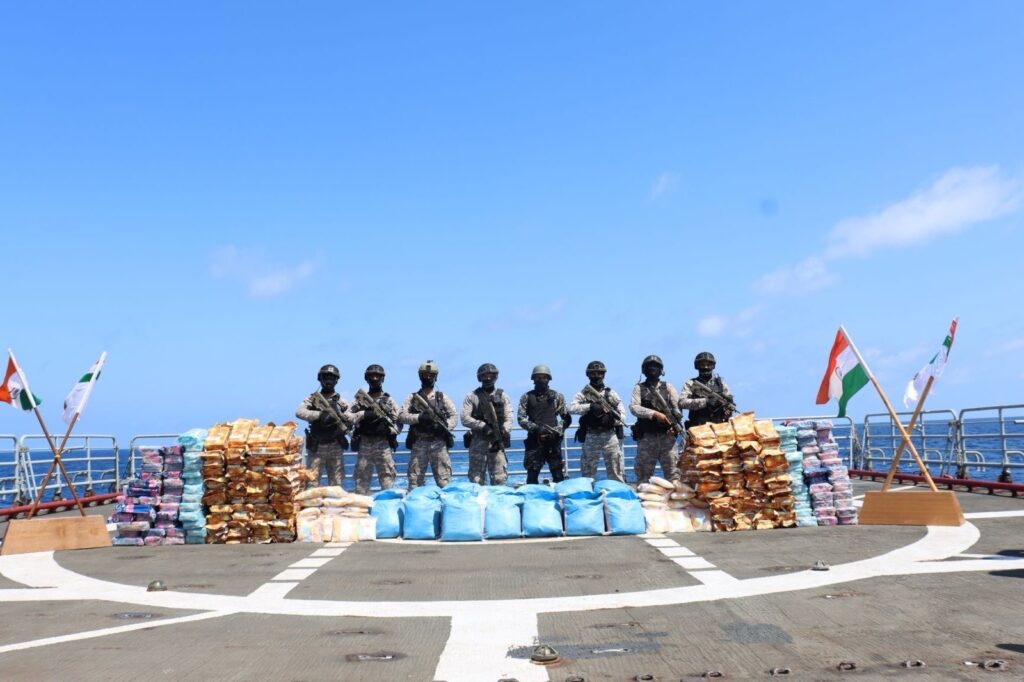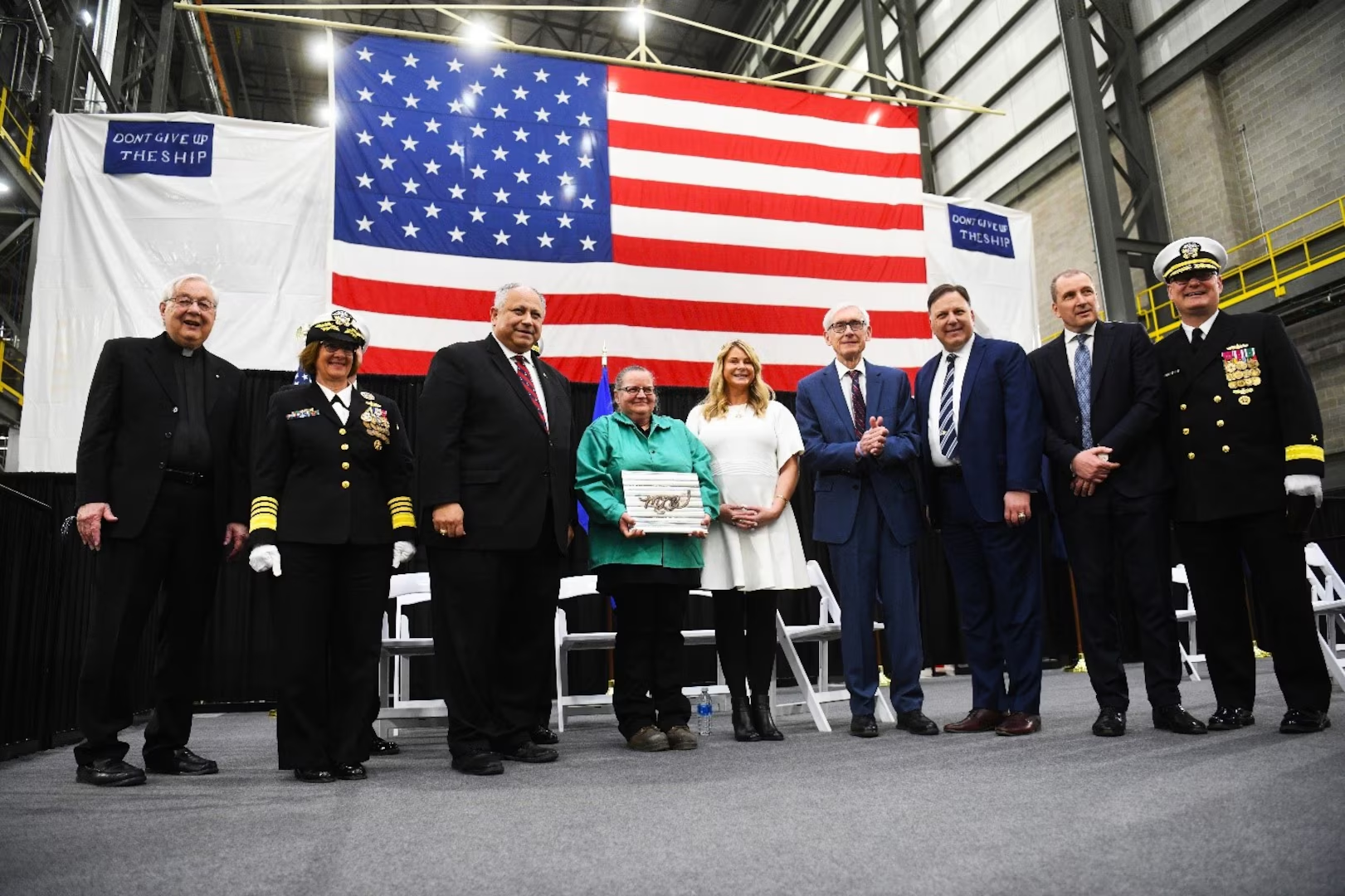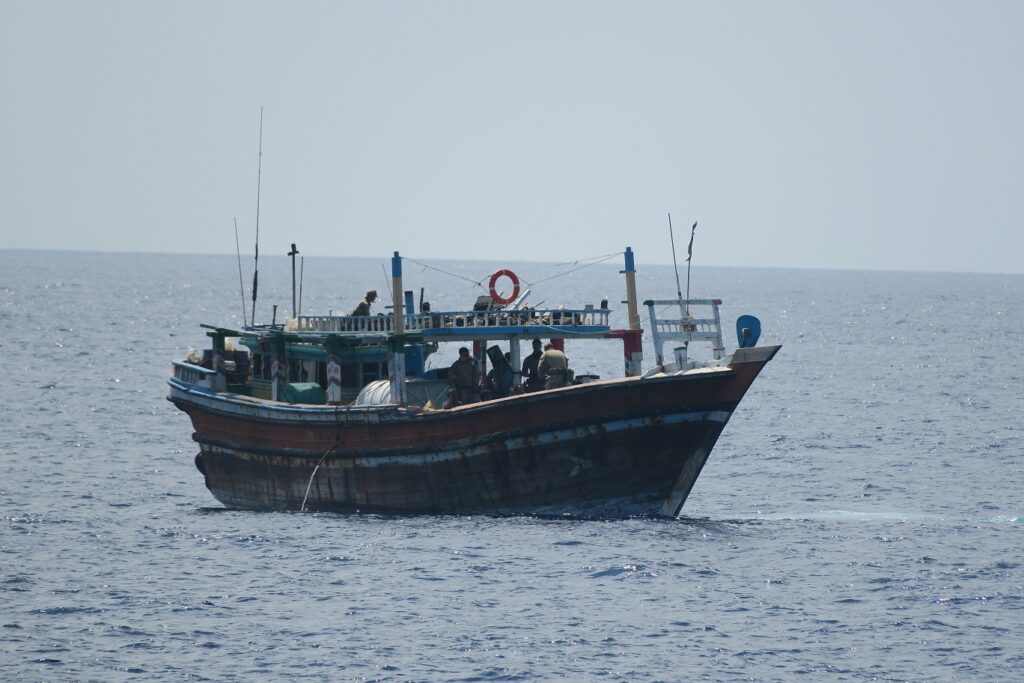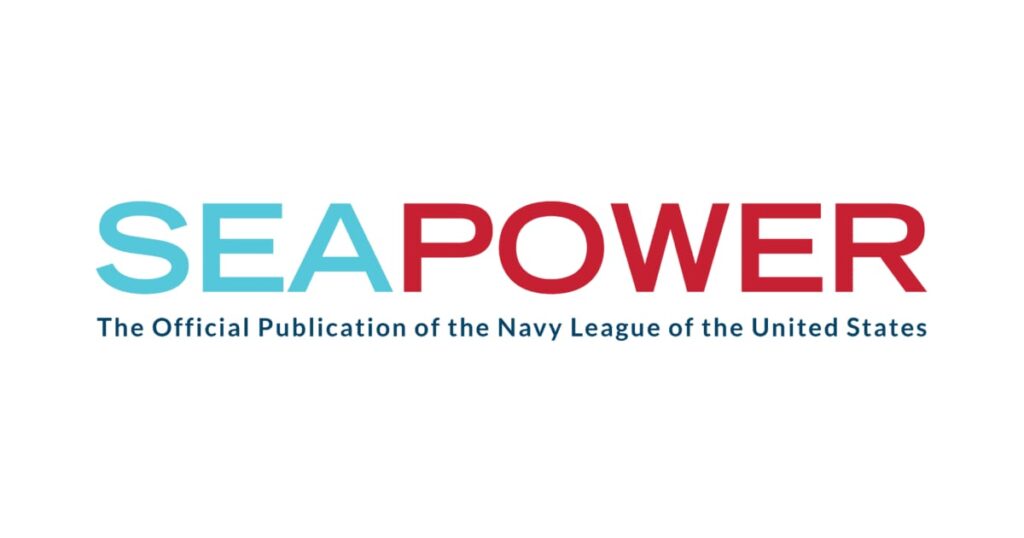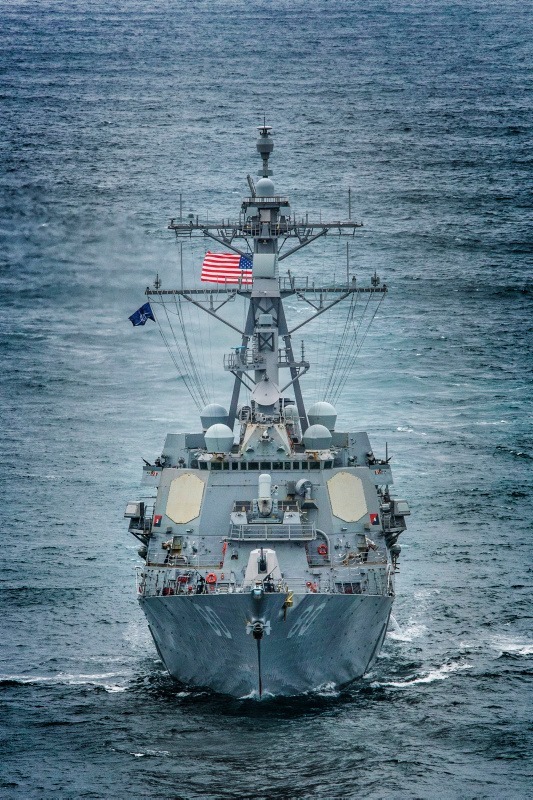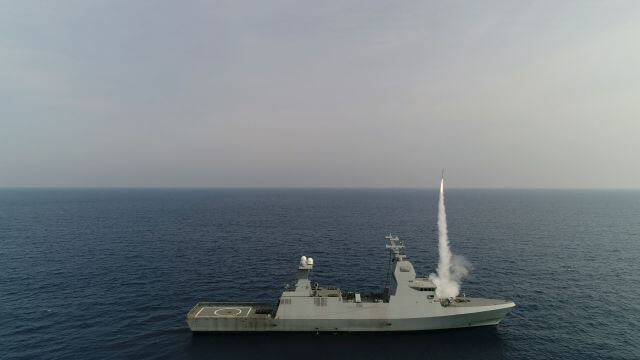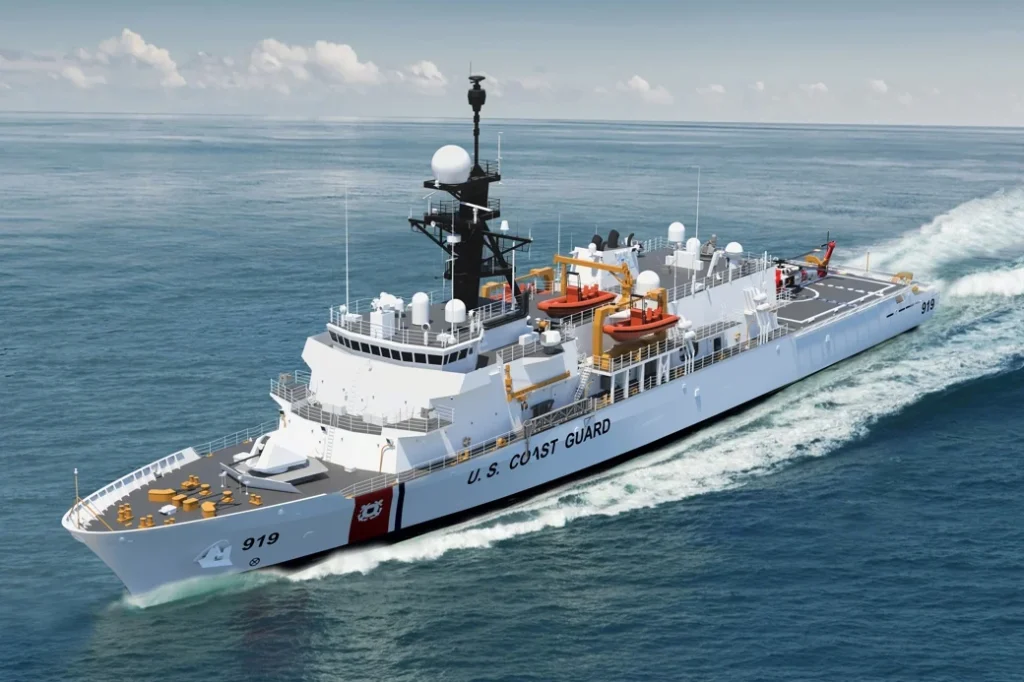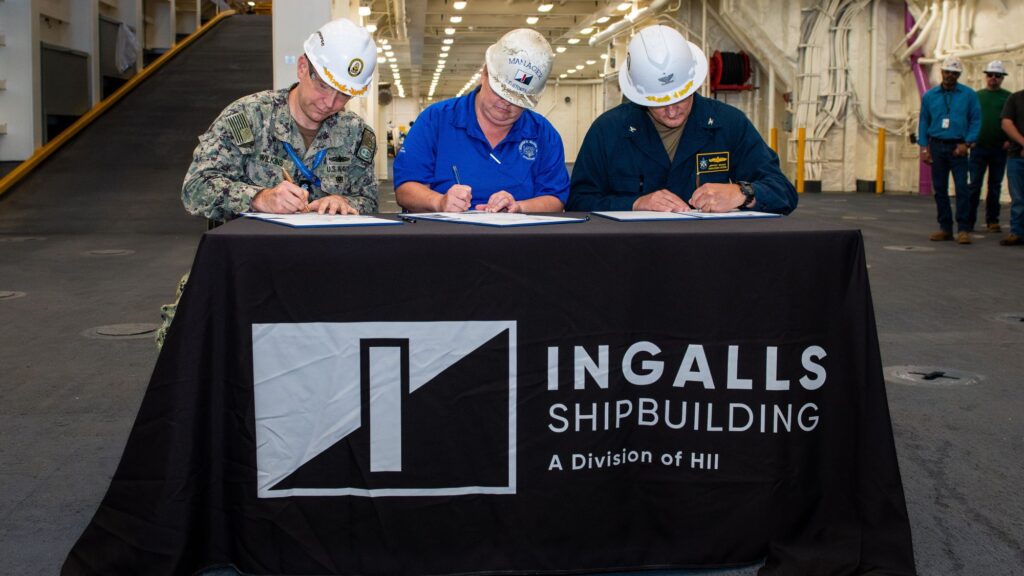MIDDLETOWN, R.I. – SENEDIA—The Alliance for Defense Tech, Talent, and Innovation—announced today that their New England Submarine Shipbuilding Partnership continues to expand and has now facilitated the training of more than 5,000 people across the region for high-paying careers in submarine shipbuilding.
The news comes as SENEDIA and industry leaders recognize National Submarine Day, which marks the anniversary of the Navy’s first commissioned submarine.
In just over three years, SENEDIA has provided technical support and facilitated the investment of $40+ million in 25 programs across six training institutions—including community colleges in Rhode Island, Connecticut, and New Hampshire—with 96 percent of participating students completing the training.
“Defense has a $119 billion annual economic impact in New England and the region serves as the epicenter of the submarine shipbuilding supply chain. To maintain that strength, further grow the industry, and support our national defense, we need to foster a robust workforce pipeline with hands-on experience and skills aligned to the needs of employers,” said Molly Donohue Magee, SENEDIA Chief Executive Officer. “Our training network sets participants up for successful careers in Defense and connects employers with emerging talent that is highly skilled and motivated to grow their careers in the industry.”
The New England Submarine Shipbuilding Partnership Regional Training Network has 25 active programs and is on track to train 2,800 people annually. This training capacity represents significant growth from the partnership’s launch in mid-2020. It took 14 months to reach the first 1,000 trained, 10 months to reach the second, and now only takes an average of five months to reach each additional 1,000. As of January 2024, SENEDIA has facilitated the training of 5,000 people in support of submarine shipbuilding trade and industrial jobs.
“Submarine construction is critical to national security and supports thousands of good-paying jobs here in Rhode Island. SENEDIA is leading efforts when it comes to the recruiting, training, and placement of hard-working folks here in Rhode Island and across New England, who are ready and eager to take on a career in the industry,” said U.S. Senator Jack Reed (RI), Chairman of the Senate Armed Services Committee. “There are a wide spectrum of jobs and roles in the submarine manufacturing workforce. These are family-sustaining jobs and I encourage anyone looking for a career in this industry to check out what SENEDIA is offering and explore the opportunities available through the partnership.”
“The nation and its defense industrial base continues to benefit from the joint investments in SENEDIA made through the Department of Defense (DoD)’s IBAS program and U.S. Navy,” said Adele Ratcliff, Director of DoD’s Innovation Capability and Modernization office. “The submarine industrial base (SIB), in particular is at a crucial juncture, and helping our small and medium SIB suppliers to meet their workforce attraction, hiring, training, and retention needs is keenly felt throughout the Pentagon. Mitigating risks to our critical path through execution of supply chain workforce investments is just one way that SENEDIA is helping to reconstitute our industrial skills workforce of today and tomorrow.”
The partnership, which is funded under ICAM’s Industrial Base Analysis and Sustainment (IBAS) program, has received $67.7 million since August of 2020 in support of the trades and industrial skills workforce development of the New England submarine industrial base.
In addition to the investment in support of training, SENEDIA has provided $2 million in training infrastructure, such as welding machines, virtual painters, equipment installation, and facility upgrades to accommodate new technology and equipment.
“SENEDIA and its New England Submarine Shipbuilding Partnership is a critical ally in our drive to build the modern skilled workforce that the Navy needs to deliver the world’s most capable submarines. SENEDIA empowers its institutional partners to sustainably accelerate and expand programming in a way that opens doors for the next generation workforce,” said Rear Admiral Scott Pappano, Program Executive Officer, Strategic Submarines for the United States Navy. The Navy’s Submarine Industrial Base (SIB) program provides technical oversight for SENEDIA’s effort, as well as support helping to connect the next generation of submarine shipbuilders with the servicemembers who will operate these vessels.
“Workforce development and training is critical to ensuring businesses and organizations can thrive, which is why I’m proud to continue supporting the work of SENEDIA and organizations like Granite State Manufacturing, a submarine industrial base supplier with facilities in Manchester and Nashua, as they continue to expand and grow,” said U.S. Senator Jeanne Shaheen, a senior member of the U.S. Senate Armed Services Committee. “I’m grateful for the work that the partnership is doing to support the defense industry in New Hampshire through workforce development and will continue doing what I can in Congress to provide critical funding and resources for these programs.”
The training programs supported through the partnership are closely aligned to the needs of employers, including the skills necessary to work for General Dynamics Electric Boat, the nation’s prime submarine builder.
“With the partnership’s help to significantly grow our workforce since 2020, Electric Boat’s ability to add to our team of shipbuilders is stronger than ever, yet demand remains high and we must continue to grow our ranks in the coming years,” said Kevin Graney, president of General Dynamics Electric Boat. “SENEDIA’s support is ensuring that the workers coming out of the training programs are prepared to start on day one and deliver mission-critical work.”
SENEDIA’s New England Submarine Shipbuilding Partnership Regional Training Network is successful due to its many strong training partners, including the New England Institute of Technology, Rhode Island Office of Postsecondary Commissioner – Westerly Education Cetner, Three Rivers Community College, Thielsch Engineering, Nashua Community College, and Porter and Chester Institute.
“What’s impressed me is SENEDIA’s collaboration with key programs in my district such as EWIB’s award-winning Manufacturing Pipeline Initiative (MPI) and Youth MPI. Given the significant growth in demand for trades training, SENEDIA’s resources have been an instrumental part of meeting the FY23 and FY24 needs of our employers, schools, and primarily, the trainees. In fact, at EB alone we’re on pace for delivering over 220 cohorts over the last two and a half years and surpassed 3,200 job placements at EB-Groton alone last month. SENEDIA played a significant role in helping us make that all possible,” said Congressman Joe Courtney, Ranking Member of the House Seapower and Projection Forces Subcommittee.
